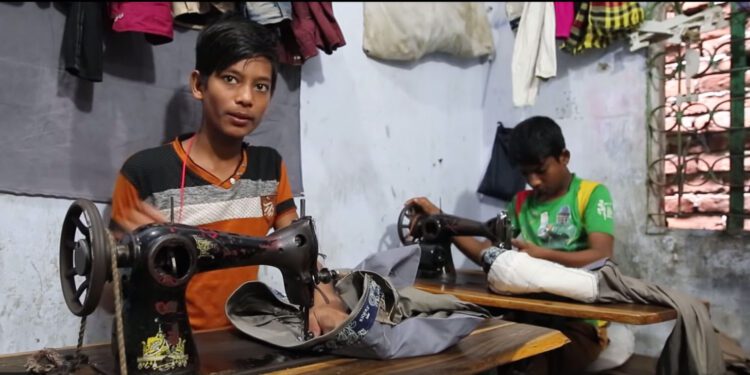The insidious practice of Global Bondage continues to plague our world, with an estimated 50 million people trapped in modern slavery as of 2021. This alarming figure, revealed by the latest Global Estimates of Modern Slavery, underscores the urgent need for action. As we delve into the depths of this global crisis, we uncover the various forms of modern slavery, its impact on vulnerable populations, and the efforts being made to combat this human rights violation.
The Scale of Modern Slavery
Modern slavery manifests in various forms, primarily forced labor and forced marriages. Of the 50 million victims, approximately 27.6 million are subjected to forced labor, while 22 million are trapped in forced marriages. This scourge knows no borders, affecting every country regardless of economic status. Shockingly, more than half of all forced labor cases and a quarter of forced marriages occur in upper-middle income or high-income countries.
The situation has worsened since 2016, with an increase of 10 million victims. This surge is attributed to a complex web of factors, including increasing conflicts, environmental degradation, democratic decline, rollback of women’s rights, and the far-reaching impacts of the COVID-19 pandemic.
Victims of Global Bondage
The most vulnerable groups disproportionately bear the brunt of modern slavery. Women and girls account for over half (54%) of all victims, with more than 12 million children also ensnared in this cruel practice. Migrant workers face a particularly high risk, being three times more likely to be forced into labor compared to non-migrant workers.
Certain countries exhibit alarmingly high prevalence rates. In North Korea, one in 10 people are estimated to be in modern slavery, with the vast majority forced to work by the state. Eritrea and Mauritania also rank high on this grim list, with state-imposed forced labor and hereditary slavery respectively contributing to their high rates.
Conflict and Modern Slavery: A Vicious Cycle
Protracted conflicts serve as potent risk multipliers for modern slavery. The breakdown of law and order, loss of social support networks, and large-scale disruptions during conflicts significantly increase the risk of both forced labor and forced marriages. Countries like North Korea, Eritrea, and Afghanistan, all involved in long-standing conflicts, exemplify this tragic connection.
The refugee crisis stemming from conflicts also exacerbates the problem. For instance, Turkey, hosting millions of Syrian refugees, faces increased challenges in preventing exploitation. The ongoing Russian invasion of Ukraine further complicates the landscape, potentially creating new vulnerabilities and exploitation risks.
Government Responses to Global Bondage
Governments worldwide have shown varying degrees of commitment and effectiveness in combating modern slavery. The top 10 countries with the strongest responses include the United Kingdom, Australia, Netherlands, Portugal, and the United States. However, progress has largely stagnated even among these leading nations.
On the other end of the spectrum, countries like North Korea, Eritrea, and Mauritania have some of the weakest responses, often due to active state involvement in forced labor practices. Shockingly, state-imposed forced labor is practiced in at least 17 countries, severely undermining any other aspect of their anti-slavery efforts.The pervasive reality of Global Bondage demands immediate and concerted action from governments, organizations, and individuals worldwide. While some progress has been made in recognizing and addressing modern slavery, the increasing number of victims highlights the need for more effective strategies and stronger international cooperation. As we continue to unmask the hidden faces of modern slavery, it is crucial to remember that behind every statistic is a human being deserving of freedom and dignity. Only through sustained efforts and global solidarity can we hope to break the chains of modern slavery and create a world where freedom is a universal reality.
















